

Karl Schmetzer, Hans Albert Gilg, and Hans-Jörg Ranz, January 26, 2024
Examines a technique for setting cut garnets on glass objects, invented by Claudius vom Creutz of Nuremberg in the late sixteenth century.
Read More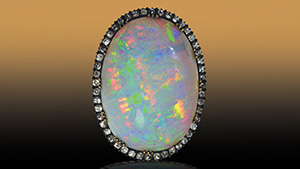
Peter Semrád, January 26, 2024
Reports on the recent production of precious and common opal from a centuries-old locality.
Read More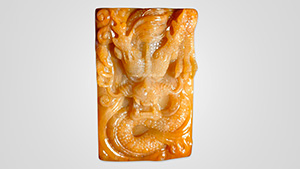
Ying Yan, Xiao-Yan Yu, Han-Yue Xu, and Zhi-Rong Xie, January 26, 2024
Documents the gemological properties, chemical composition, and appearance of petrified tree fern discovered in northeast China.
Read More
James E. Shigley, Roy Bassoo, and Aaron C. Palke, January 26, 2024
Explores the formation of sedimentary rocks, gems found and formed in sedimentary environments, and the alluvial mining of these gems.
Read More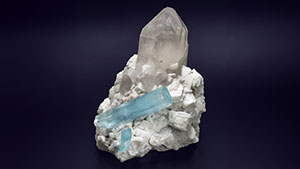
Nathan Renfro, Tyler Smith, John I. Koivula, Shane F. McClure, Kevin Schumacher, and James E. Shigley, January 26, 2024
Provides a visual guide to the internal features of different varieties of beryl.
Read More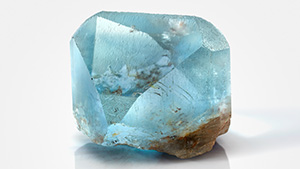
Roy Bassoo, Diane Eames, Matthew F. Hardman, Kenneth Befus, and Ziyin Sun, January 26, 2024
A comprehensive look at Texas topaz, detailing its gemological and compositional characteristics and providing a basis for using trace element concentrations to identify its origin.
Read More
Wim Vertriest, Gil Yuda, and Joe Henley, January 26, 2024
A report on a new blue variety of amblygonite-montebrasite from Rwanda.
Read More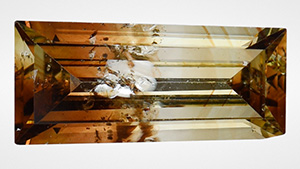
Mei Yan Lai and Sally Eaton-Magaña, January 26, 2024
A tapered baguette-cut diamond exhibits two major color zones.
Read More
Makoto Miura, January 26, 2024
Pleochroic colors caused by cyclic twinning produce a kaleidoscope effect in alexandrite.
Read More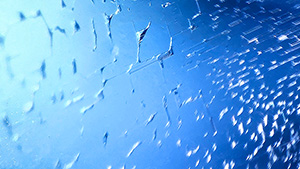
Kazuko Saruwatari, January 26, 2024
FTIR spectroscopy shows that the existence of carbon dioxide gas bubbles in a negative crystal in sapphire is no longer proof of the absence of heat treatment.
Read Morepast gems & gemology issues







